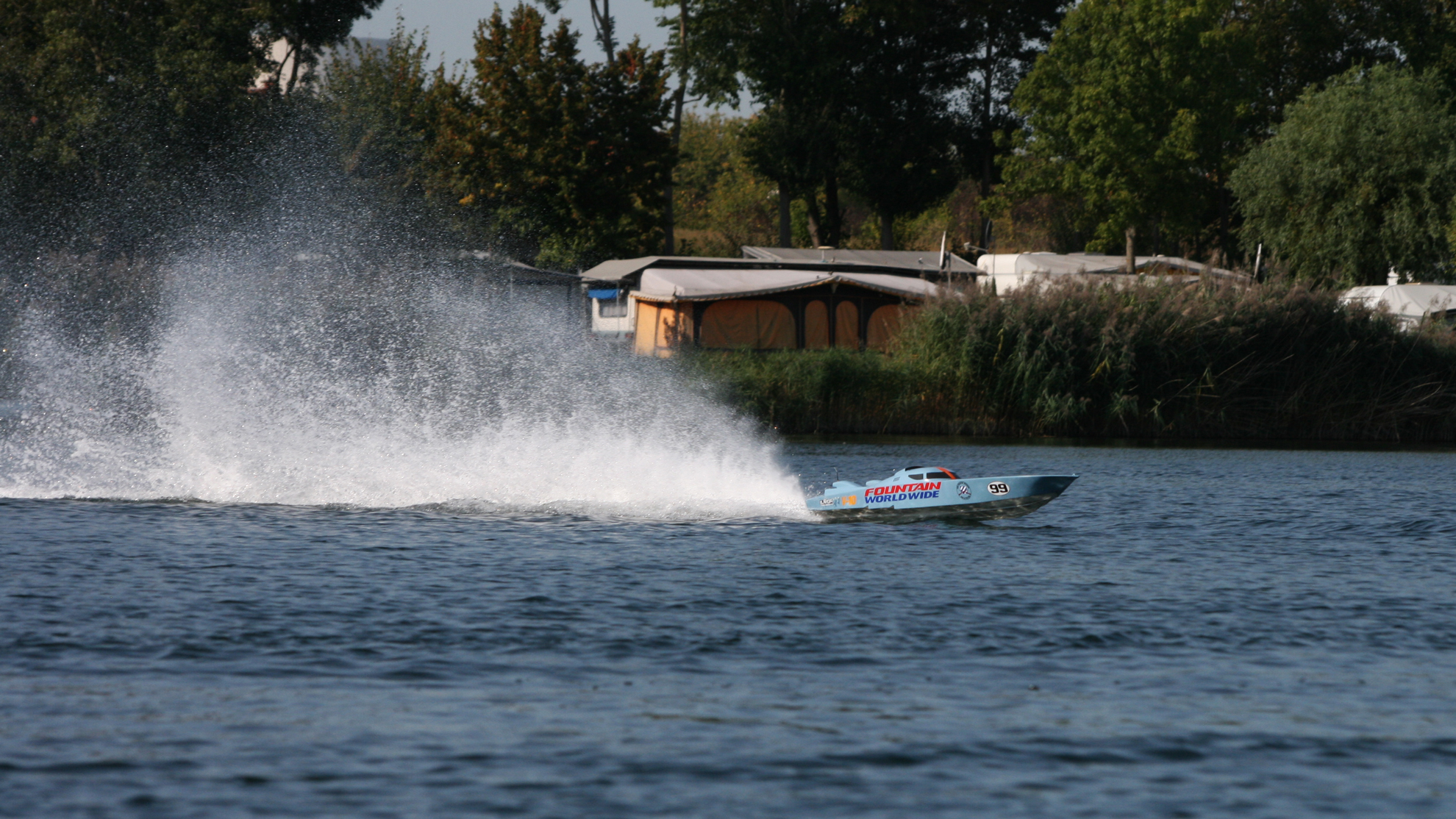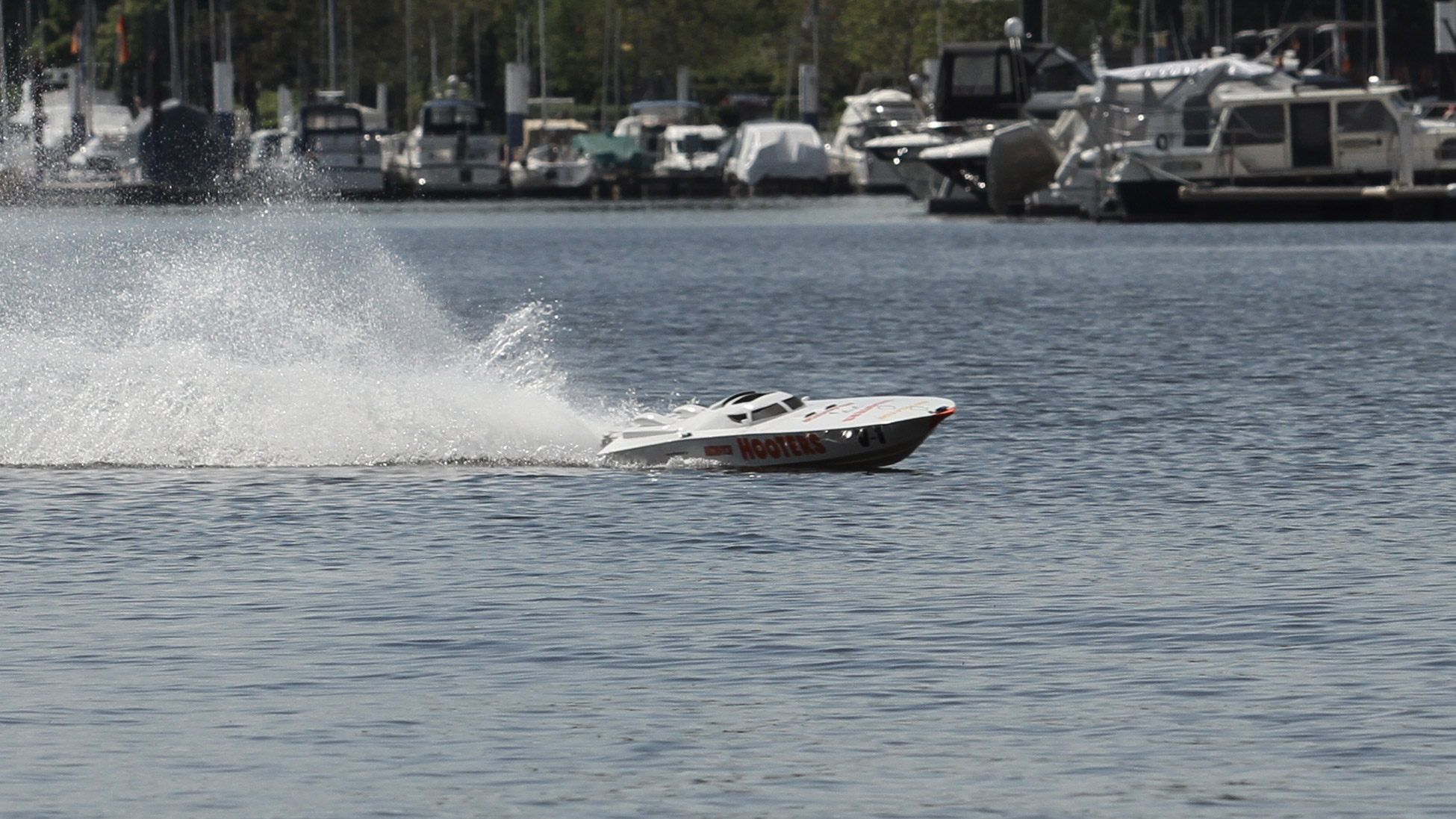
YOUR ENGINE DON´T START?
here are some steps you can follow to troubleshoot a 2-stroke engine that won’t start:
- Fuel issues: Check the age and quality of the fuel. Old or contaminated fuel can cause starting problems. If the fuel is bad, drain the fuel tank and fill it with fresh fuel. Check the fuel-to-oil mixture, as an incorrect ratio can cause starting problems.
- Air leaks: Check the fuel lines and connections for any cracks or leaks. Air leaks in the fuel system can cause the engine to lose prime and not start. Replace any damaged parts and make sure all connections are tight.
- Flooded engine: If you have tried starting the engine several times without success, the engine may be flooded. To clear out excess fuel, remove the glow plug and pull the starter cord several times. If there is excess fuel, it will spray out of the engine. Replace the glow plug and try starting the engine again.
- Ignition issues: Check the glow plug to see if it’s functioning properly. Remove the glow plug and connect it to the glow starter. Hold the glow starter against the glow plug and check if it glows red hot. If not, replace the glow plug.
- Dirty or worn parts: Check the air filter and exhaust system for any dirt or debris that may be clogging them. A dirty air filter can cause starting problems. Clean the air filter and exhaust system if necessary. If any parts are worn or damaged, replace them.
- Carburetor issues: The carburetor may be clogged or need to be adjusted. Remove the carburetor and clean it with carburetor cleaner. Check the needle settings and adjust them if necessary. If the carburetor is damaged, it may need to be replaced.
- Electrical issues: Check the battery and wiring to ensure they are functioning properly. A weak or dead battery can cause starting problems. Check the battery with a voltmeter to make sure it has enough power. Check the wiring for any damage and repair or replace if necessary.
If you have checked all of these possible causes and still can’t get the engine to start, it may be a more serious problem that requires professional help. get in touch with us.
Kill-SWITCH
A kill switch is an important safety feature in an RC powerboat that is designed to shut off the engine in case of an emergency or if the boat goes out of control. Here are some key things to know about a kill switch:
- Purpose: The primary purpose of a kill switch is to shut off the engine in case of an emergency or if the boat goes out of control. This helps prevent accidents and damage to the boat.
- How it works: The kill switch is typically a switch or button located on the boat’s transmitter or receiver. When the switch is activated, it sends a signal to the boat’s electronic speed controller (ESC) to shut off the power to the motor, stopping the engine.
- Wiring: The kill switch is wired into the boat’s electrical system, typically between the receiver and ESC. It is important to make sure the wiring is properly connected and insulated to prevent electrical shorts and other problems.
- Testing: It is important to test the kill switch regularly to ensure it is functioning properly. To test the kill switch, turn on the boat and activate the switch to make sure the engine shuts off immediately.
- Installation: When installing a kill switch, it is important to follow the manufacturer’s instructions carefully to ensure it is installed properly. The kill switch should be easily accessible and clearly marked on the transmitter or receiver.
- Types of kill switches: There are several types of kill switches available, including magnetic and manual switches. Magnetic switches are activated by a magnet, while manual switches are activated by pressing a button or pulling a cord.
- Legal requirements: Some jurisdictions require boats to have a kill switch installed to comply with safety regulations. Make sure to check the local laws and regulations in your area to see if a kill switch is required.
In summary, a kill switch is an important safety feature in an RC powerboat that helps prevent accidents and damage to the boat. It is important to test the kill switch regularly and ensure it is installed properly to ensure it functions as intended.
the propeller cannot be turned by hand ?
there could be several potential problems. Here are a few things you can check:
- Check the clutch: If your boat has a clutch, it’s possible that the clutch is engaged and preventing the propeller from turning. Check the clutch to make sure it is disengaged and that the boat is in neutral.
- Check the gearbox: If your boat has a gearbox, it’s possible that the gearbox is damaged or has become stuck. Check the gearbox to make sure it is functioning properly and that there are no obstructions preventing it from turning.
- Check the driveline: Check the driveline to make sure it is properly aligned and free of debris or damage. If the driveline is misaligned or bent, it could be preventing the propeller from turning.
- Check the propeller shaft: Check the propeller shaft to make sure it is properly aligned and free of debris or damage. If the propeller shaft is bent or misaligned, it could be preventing the propeller from turning.
- Check the engine: If the engine is running but the propeller is not turning, it’s possible that there is a problem with the engine itself. Check the engine to make sure it is functioning properly and that there are no obstructions preventing it from turning.
- Check the fuel system: If the engine is not getting enough fuel, it may not have enough power to turn the propeller. Check the fuel system to make sure it is properly calibrated and that there are no obstructions preventing fuel from flowing to the engine.
- Check the cooling system: If the engine is overheating, it may not have enough power to turn the propeller. Check the cooling system to make sure it is functioning properly and that the engine is not overheating.
By checking these potential problems, you can hopefully identify and resolve the issue preventing your propeller from turning on your RC powerboat. If you are unsure of how to diagnose or fix the problem, it may be best to seek the assistance of a professional RC powerboat technician. get in touch with us, we try to help you.
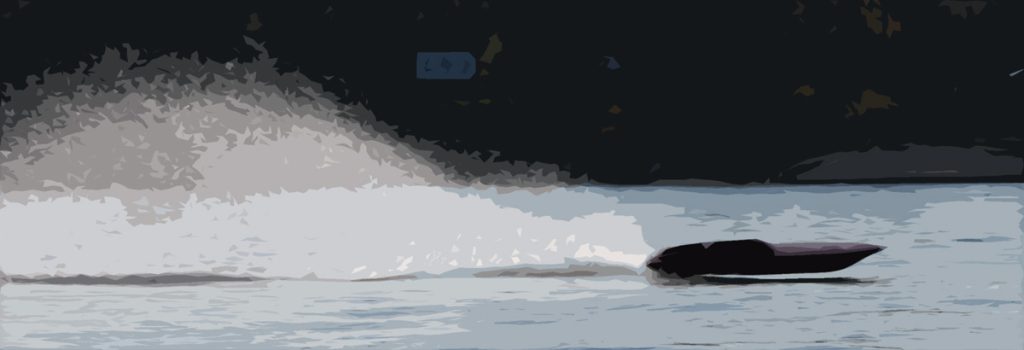
trouble to going straight ahead
If your RC powerboat is having trouble going straight, there could be several potential problems. Here are a few things you can check:
- Check the trim tabs: If your boat has trim tabs, make sure they are properly adjusted. If the trim tabs are out of alignment, it can cause the boat to pull to one side. Adjust the trim tabs so that the boat is level in the water.
- Check the center of gravity: Make sure the center of gravity is properly balanced. If the boat is too heavy in the front or back, it can cause the boat to pull to one side. Adjust the weight distribution so that the boat is level in the water.
- Check the rudder or surface drives: If your boat has a rudder or surface drives, make sure they are properly adjusted. If the rudder or surface drives are out of alignment, it can cause the boat to pull to one side. Adjust the rudder or surface drives so that the boat goes straight.
- Check the propellers: Make sure the propellers are properly balanced and aligned. If the propellers are unbalanced or misaligned, it can cause the boat to pull to one side. Adjust the propellers so that they are balanced and aligned.
- Check the water conditions: If the water is rough or there are strong currents, it can cause the boat to pull to one side. Try to find calmer waters or adjust the speed of the boat to compensate for the water conditions.
- Check for hull damage: Inspect the hull for any damage or warping. If the hull is damaged or warped, it can cause the boat to pull to one side. Repair any damage or replace the hull if necessary.
By checking these potential problems, you can hopefully identify and resolve the issue causing your RCPowerboat to not go straight. If you are unsure of how to diagnose or fix the problem, it may be best to seek the assistance of a professional RCPowerboat technician. feel free to contact us we will try to help you.
steering properly
If your RC powerboat is having trouble steering properly, there could be several potential problems. Here are a few things you can check:
- Check the steering linkage: Make sure the steering linkage is properly adjusted and free of debris. If the linkage is too loose or too tight, it can cause the boat to steer poorly. Adjust the linkage so that it is properly tensioned and free of obstructions.
- Check the rudder or surface drives: If your boat has a rudder or surface drives, make sure they are properly adjusted. If the rudder or surface drives are out of alignment, it can cause the boat to steer poorly. Adjust the rudder or surface drives so that they are properly aligned.
- Check the center of gravity: Make sure the center of gravity is properly balanced. If the boat is too heavy in the front or back, it can cause the boat to steer poorly. Adjust the weight distribution so that the boat is properly balanced.
- Check the water conditions: If the water is rough or there are strong currents, it can cause the boat to steer poorly. Try to find calmer waters or adjust the speed of the boat to compensate for the water conditions.
- Check the radio system: If the boat is not responding to your transmitter properly, it can cause the boat to steer poorly. Check the radio system to make sure it is properly calibrated and that the batteries are fully charged.
- Check for hull damage: Inspect the hull for any damage or warping. If the hull is damaged or warped, it can cause the boat to steer poorly. Repair any damage or replace the hull if necessary.
If your RC powerboat is having trouble steering properly and you suspect a servo problem, here are some potential issues and solutions to check:
- Servo connection: Make sure the servo connection to the receiver is secure and properly plugged in. Check that the wires are not damaged and that the connection is clean.
- Servo power: Check that the servo is receiving power by verifying that the batteries are charged or that the power source is working properly.
- Servo range: Check the range of the servo to ensure it is not limited. If the servo range is limited, it may not be able to turn the rudder or surface drives enough to steer properly.
- Servo calibration: Check that the servo is calibrated properly. If the calibration is off, it can cause the boat to steer poorly or not at all. Follow the instructions in the manual to calibrate the servo.
- Servo horn alignment: Check that the servo horn is properly aligned with the rudder or surface drives. If the horn is off-center, it can cause the boat to steer poorly.
- Servo gear damage: Check the gears in the servo for damage or wear. If the gears are damaged or worn, they may need to be replaced.
- Servo motor failure: If the servo motor has failed, it will need to be replaced.
By checking these potential servo-related issues, you can hopefully identify and resolve the issue causing your RC powerboat to not steer properly. If you are unsure of how to diagnose or fix the problem, it may be best to seek the assistance of a professional RCPowerboat technician. get in touch with us !
the boat takes off at full speed
If your RC powerboat takes off at full speed as soon as you start the motor, there could be several potential problems. Here are a few things you can check:
- Throttle linkage: Check the throttle linkage to ensure it is properly adjusted and free of debris. If the linkage is too loose or too tight, it can cause the boat to take off at full speed. Adjust the linkage so that it is properly tensioned and free of obstructions.
- Radio system: Check the radio system to ensure it is properly calibrated and that the throttle channel is centered. If the radio system is not calibrated properly, it can cause the boat to take off at full speed.
- Throttle trim: Check the throttle trim to ensure it is properly adjusted. If the throttle trim is off, it can cause the boat to take off at full speed. Adjust the trim so that it is properly aligned.
- Throttle servo: Check the throttle servo to ensure it is functioning properly. If the servo is damaged or malfunctioning, it can cause the boat to take off at full speed. Replace the servo if necessary.
- Engine idle speed: Check the idle speed of the engine to ensure it is set properly. If the idle speed is too high, it can cause the boat to take off at full speed. Adjust the idle speed so that it is set to the manufacturer’s specifications.
By checking these potential problems, you can hopefully identify and resolve the issue causing your RC powerboat to take off at full speed. If you are unsure of how to diagnose or fix the problem, it may be best to seek to contact us.
your boat jumps …
If your RC powerboat is jumping on the straightaway, there could be several potential problems. Here are a few things you can check:
- Hull design: Check the design of your boat’s hull. Certain hull designs are more prone to jumping than others. If your boat’s hull is not designed to handle high speeds, it may be more prone to jumping on the straightaway.
- Weight distribution: Check the weight distribution of your boat. If the weight is not evenly distributed, it can cause the boat to jump on the straightaway. Make sure the weight is distributed evenly throughout the boat.
- Center of gravity: Check the center of gravity of your boat. If the center of gravity is too high or too low, it can cause the boat to jump on the straightaway. Adjust the center of gravity by moving weight around in the boat.
- Propeller size and pitch: Check the size and pitch of your boat’s propeller. If the propeller is too large or has too much pitch, it can cause the boat to jump on the straightaway. Use a propeller with a smaller diameter or less pitch.
- Trim tabs: Check the trim tabs on your boat. If the trim tabs are not set correctly, it can cause the boat to jump on the straightaway. Adjust the trim tabs so that they are properly aligned.
By checking these potential problems, you can hopefully identify and resolve the issue causing your powerboat to jump on the straightaway. If you are unsure of how to diagnose or fix the problem, it may be best to seek the assistance of a professional RCPowerboat technician.
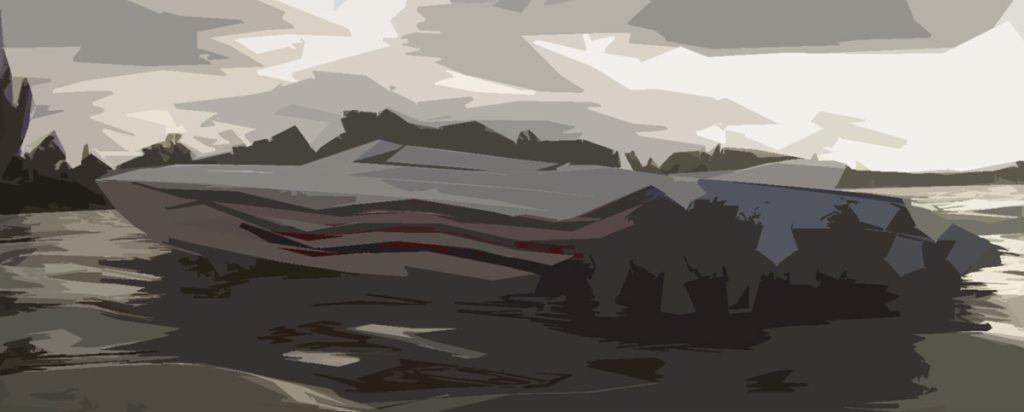
water inside the boat ?
If water is getting into your RC powerboat while it is in the water, there could be a few potential causes:
- Hull damage: Check the hull of your boat for any cracks, holes, or other damage. If there is damage to the hull, water can seep into the boat. Repair any damage to the hull before using the boat again.
- Seals: Check the seals around the drives and other openings in the hull. If the seals are damaged or worn, water can leak into the boat. Replace any damaged or worn seals.
- Water pump: Check the electric water pump to ensure that it is working properly. If the water pump is not functioning properly, it may not be pumping water out of the boat quickly enough, allowing water to accumulate inside the boat.
- Drain plug: Make sure the drain plug is properly installed and tightened. If the drain plug is loose or missing, water can seep into the boat.
- Waterline: Check the waterline of your boat. If the waterline is too low, water can enter the boat through openings near the waterline. Adjust the waterline if necessary.
By checking these potential causes, you can hopefully identify and resolve the issue causing water to get into your RC powerboat while it is in the water. If you are unsure of how to diagnose or fix the problem, contact us.
engine stops at a few meters distance
When the engine stops at a distance of 30m to 100m , there could be several potential problems that may be causing the issue. Here are a few things you can check:
- Radio interference: Check for any radio interference that may be causing the engine to stop. This could be caused by other radio signals in the area or other electronics on your boat that are interfering with the radio signal.
- Battery issues: Check the battery in your boat to make sure it is fully charged and working properly. A weak or dying battery can cause the engine to stop.
- Fuel issues: Check the fuel system in your boat to make sure it is working properly. A clogged fuel filter, air leak in the fuel line, or other fuel-related issue can cause the engine to stop.
- Kill switch: Check the kill switch to make sure it is working properly. If the kill switch is malfunctioning, it can cause the engine to stop unexpectedly.
- Engine issues: Check the engine to make sure it is running smoothly and there are no issues with the carburetor, spark plug, or other engine components.
By checking these potential problems and performing the necessary maintenance and repairs, you can help ensure that your RC powerboat runs smoothly and reliably. If you are unsure of how to diagnose or fix the problem, it may be best to seek the assistance of a professional RCPowerboat technician.
No water cooling ?
Here are some details on each of the potential causes:
- Blockage: Check the water intake for any blockages that may be preventing water from flowing through the system. This can be done by inspecting the intake opening on the bottom of the boat and clearing out any debris or materials that may be blocking it. If necessary, use a wire or similar tool to gently clear out any blockages.
- Pump issues: Check the water pump to make sure it is working properly. The pump is responsible for moving water through the system and cooling the engine. If the pump is damaged or malfunctioning, it may need to be replaced. You can test the pump by disconnecting the water hose from the engine and starting the boat. If water flows freely from the hose, the pump is likely working properly. If not, the pump may need to be replaced.
- Hose issues: Check the hoses for any kinks, cracks, or other damage that may be preventing water from flowing through the system. Look for any visible damage or wear, and replace any damaged hoses. Also make sure the hoses are properly connected and secured.
- Water outlet: Check the water outlet for any blockages that may be preventing water from exiting the cooling system. This can be done by inspecting the outlet and clearing out any debris or materials that may be blocking it. If necessary, use a wire or similar tool to gently clear out any blockages.
By checking these potential causes, you can hopefully identify and resolve the issue causing your water cooling system to not work properly. If you are unsure of how to diagnose or fix the problem, please contact us!
engine are to hot ?
Here are some potential causes for an engine getting very hot:
- Overheating: If the engine is getting very hot, it could be due to overheating. Check the water cooling system to make sure it is working properly. A malfunctioning water pump, clogged water intake, or damaged hoses could all cause the cooling system to not work effectively, leading to overheating.
- Fuel mixture: Check the fuel mixture to make sure it is properly balanced. If the fuel mixture is too lean (not enough oil), it can cause the engine to overheat. Make sure you are using the correct type of fuel and oil mixture recommended for your engine.
- Ignition timing: Check the ignition timing to make sure it is properly set. If the timing is too advanced, it can cause the engine to overheat. Make sure the ignition timing is set to the manufacturer’s recommended specifications.
- Air leaks: Check for air leaks in the engine system. Air leaks can cause the engine to run lean, which can lead to overheating. Look for any cracks or damage in the engine’s air intake system or fuel lines.
- Engine tuning: Check the engine tuning to make sure it is properly set. If the engine is running too lean or too rich, it can cause overheating. Make sure the engine is properly tuned according to the manufacturer’s specifications.
- Blocked exhaust: Check the exhaust system for any blockages that may be preventing exhaust gases from escaping. If the exhaust is blocked, it can cause the engine to overheat.
By checking these potential causes, you can hopefully identify and resolve the issue causing your RC powerboat engine to get very hot. If you are unsure of how to diagnose or fix the problem, it may be best to seek the assistance of a professional RC powerboat technician.
the engine are to cold ?
If your RC powerboat engine is not coming up to operating temperature, there are several potential causes:
- Cooling system: Check to make sure that the cooling system is working properly. If the engine is not getting enough cooling, it may not reach the operating temperature. Check for clogged water intake or water pump issues that may be preventing the cooling system from working correctly.
- Thermostat: The engine’s thermostat regulates the temperature by restricting the flow of coolant until the engine reaches its operating temperature. If the thermostat is stuck open, it can prevent the engine from reaching operating temperature. Check the thermostat and replace it if necessary.
- Fuel mixture: The fuel mixture can also affect the engine’s temperature. If the mixture is too lean, the engine may not produce enough heat to reach operating temperature. Check the fuel mixture and adjust it accordingly.
- Ignition system: The ignition system is responsible for firing the spark plugs, which ignite the fuel mixture in the engine. If the ignition system is malfunctioning, it can prevent the engine from reaching its operating temperature. Check the spark plugs, ignition coils, and other components of the ignition system to make sure they are working correctly.
- Engine wear: If the engine is old or has significant wear and tear, it may not be able to produce enough heat to reach operating temperature. In this case, you may need to replace the engine or its components to get it to reach the correct operating temperature.
By checking these potential causes, you can hopefully identify and resolve the issue preventing your RC powerboat engine from reaching operating temperature. If you are unsure of how to diagnose or fix the problem, it may be best to contact us.
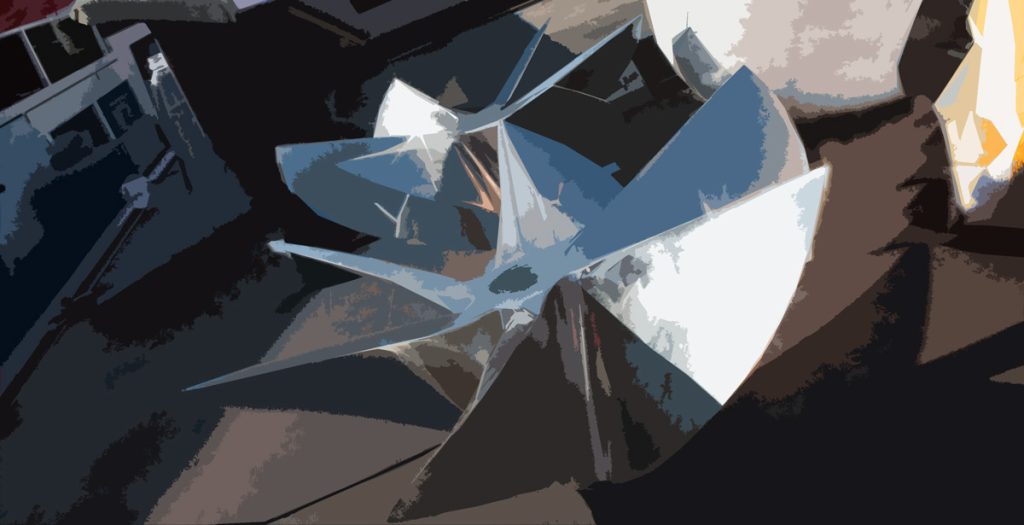
Here are some troubleshooting tips for propeller issues:
- Check for damage: Inspect the propellers for any cracks, bends, or missing pieces. Even a small chip or dent can cause vibration and affect performance.
- Clean the propellers: Build-up of debris such as weeds, sand or mud can affect the performance of the propellers, so clean them regularly before and after each use.
- Check for alignment: The propellers should be properly aligned with the shafts to avoid vibrations and wobbling. Misaligned propellers can also cause damage to the drive system.
- Check the propeller size: Ensure that the propellers are the right size for your RC powerboat. A propeller that is too small or too large for the boat and engine setup can lead to poor performance, overheating or even engine failure.
- Adjust the pitch: Adjusting the pitch of the propellers can improve performance, particularly if the boat is struggling to get up on plane or the engine is running too hot. Consult the manufacturer’s instructions for how to make adjustments.
- Balance the propellers: Propellers that are out of balance can cause vibration, poor performance, and even damage to the boat and engine. Use a propeller balancer to ensure that the propellers are properly balanced.
- Upgrade the propellers: If you have tried all the above and are still experiencing issues, consider upgrading to higher-quality propellers that are specifically designed for your RC powerboat setup.
By following these tips, you can troubleshoot and resolve issues with your propellers and ensure optimal performance and longevity of your boat.

